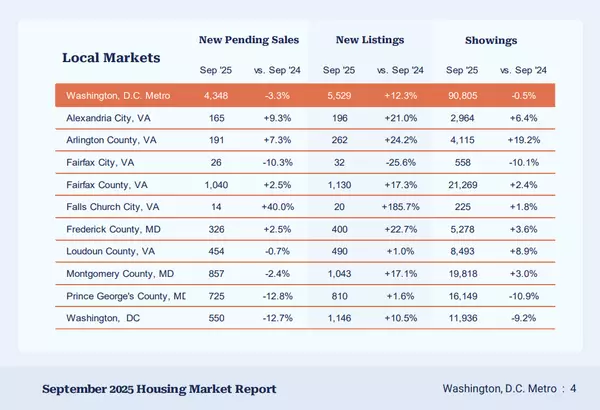Understanding Quitclaim Deeds: What They Are and When You Need One

Understanding Quitclaim Deeds: What They Are and When You Need One
If you’re navigating the complexities of property ownership or transfers, you might have come across the term "quitclaim deed." While it’s not the most common real estate document, it serves a unique purpose and can be a powerful tool in specific situations. Let’s break down what a quitclaim deed is, how it works, and when you might need one.
What Is a Quitclaim Deed?
A quitclaim deed is a legal document used to transfer ownership interest in a property from one person to another. Unlike a warranty deed, which guarantees a property’s title is free of claims or liens, a quitclaim deed offers no such guarantees. Instead, it simply states that the grantor (the person transferring the property) releases any interest they may have in the property to the grantee (the recipient).
Because of this lack of warranty, quitclaim deeds are often used in situations where trust already exists between the parties, such as among family members or during a divorce settlement.
Common Uses of a Quitclaim Deed
Quitclaim deeds are frequently employed in scenarios where the property’s title isn’t in dispute, but ownership needs to be adjusted. Here are a few common examples:
-
Transferring Property Between Family Members A parent might use a quitclaim deed to transfer ownership of a property to a child or sibling. This is often done to avoid the formalities of a traditional sale.
-
During Divorce Settlements When a couple separates, one spouse may use a quitclaim deed to relinquish their share of a jointly owned property as part of the divorce agreement.
-
Adding or Removing Someone From a Title If you want to add your spouse to the title of your home after marriage or remove someone after a breakup, a quitclaim deed can facilitate this change.
-
Clearing Up Title Issues Sometimes, title errors or disputes arise, such as a misspelled name on a deed or an unclear claim from a previous owner. A quitclaim deed can help resolve these issues.
Important Considerations
While quitclaim deeds are useful, they come with limitations. Since they don’t provide any guarantees about the property’s title, they’re not typically used in traditional real estate transactions where a buyer is purchasing from a seller. Before using a quitclaim deed, it’s wise to:
-
Consult a Real Estate Attorney: Ensure the quitclaim deed is the best option for your situation.
-
Conduct a Title Search: Verify that the property’s title is clear of any liens or claims.
How to File a Quitclaim Deed
Filing a quitclaim deed is relatively straightforward. Here are the general steps:
-
Obtain the Form: Your local government or county recorder’s office typically provides standard quitclaim deed forms.
-
Fill Out the Form: Include details like the property’s legal description, the grantor’s and grantee’s names, and any other required information.
-
Sign the Document: In most cases, the grantor’s signature must be notarized.
-
File With the County: Submit the completed and notarized quitclaim deed to your county recorder’s office, along with any required fees.
When Not to Use a Quitclaim Deed
Quitclaim deeds are not suitable for all situations. For example, if you’re purchasing property and want assurances about the title’s validity, you should request a warranty deed instead. Quitclaim deeds are best reserved for cases where both parties understand and accept the risks involved.
Why Quitclaim Deeds Matter
Quitclaim deeds can streamline property transfers in specific situations, but they’re not a one-size-fits-all solution. Understanding their purpose and limitations ensures you’re using the right tool for your real estate needs.
Christopher Paul Yurko
Real Estate Advisor, Accredited Buyers Agent®
Engel & Völkers Washington DC
2216 14th St NW, Washington, DC 20009
C: (703) 945-4291
E: [email protected]
Recent Posts











